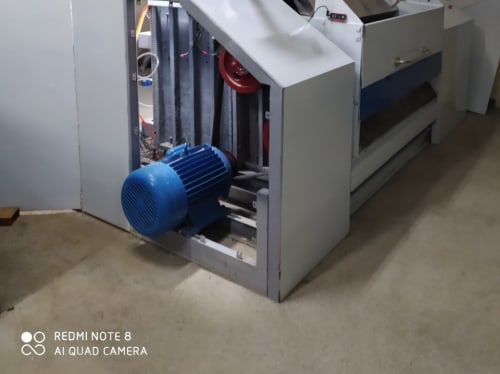2023
Entries
Today, the supply of non-renewable energy is running out. As a result, we must use renewable energy sources. The best renewable energy source is solar energy. Solar power can be used to get them. However, dust and grit buildup on solar panels reduces their effectiveness. We use automatic solar panel cleaners for this reason,
At present, cotton processing factories are mainly equipped with DP-130, ZKHDD, KDD, 4DP-130, DP-130 saw gins that separate the fiber from the seed using saw blades. They are very noisy and vibrate strongly, as a result, only 30% of the fiber is removed from the saw teeth,
The illustrated airplane tail surface combines articulation and side shift, providing adjustable, on-the-go variable longitudinal control for straight in-runway landings. There is no more correction from flight configuration to ground travel.
Pilots must exercise greater skill and caution in crosswind landings to transition from flight to a landing configuration. Imagine, however,
We have invented a proprietary method to artificially offset the center of mass of a rolling object, forward of the center of rotation, thereby putting a rolling mass into an artificial state of unbalance.
A reactionless drive is a device that produces motion without the ejection of a propellant. This is supposedly in violation of Newton's third law of motion, which states that for every action, there is an equal and opposite reaction. Reactionless Drives produce indefinite lifetimes for satellites, dependent on the lifetime of capacitors and solar panels.
Is it a bird? Is it a plane? No, it’s a drone. Introducing the Bird Bot, a new UAV designed to soar like a real-life pigeon using bird-like feathered wings.
The Bird Bot prototype is called a bio-hybrid aerial robot because it fuses both biological and artificial elements. To put working prototype together,
This summary presents an innovative fastener designed to provide secure and permanent attachments in large solar farms, in order to reduce dependence on non-renewable energy sources. It enhances the structural integrity and longevity of solar panel installations by reducing potential loosening issues commonly encountered in conventional solar module mounting systems.
Our project is inspired by the 12th Sustainable Development Goal of the United Nations Development Program (UNDP), which is to ensure sustainable consumption and production patterns. We have designed a system that can capture the carbon dioxide (CO2) emissions from vehicles and reduce their impact on the environment.
Does spilled tea or coffee on saucers bother you like it does me? Well, this elevated saucer provides a great solution.
When drinking beverages we mostly use saucers to keep the spillage of the drink from touching the table, our clothing or anything under the cup we're drinking with.
Page 17 of 41









